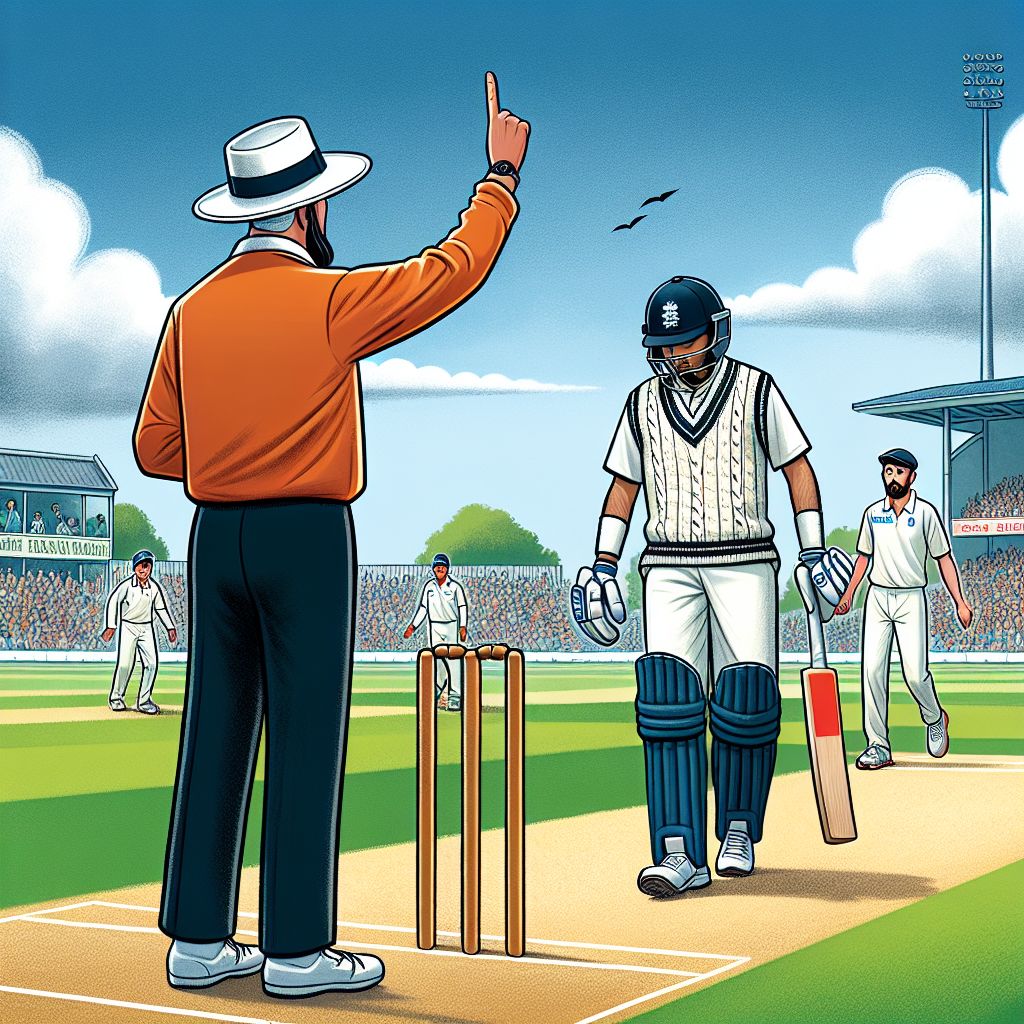
Cricket, a sport rich in tradition and strategy, is governed by a set of rules that have evolved over centuries. Among these rules, the "follow-on" is a unique aspect of Test cricket that can significantly influence the outcome of a match. This article delves into the intricacies of the follow-on rule, its historical context, strategic implications, and notable instances in cricket history.
Understanding the Follow-On Rule
The follow-on is a rule in Test cricket that allows the team that bats first to ask the opposing team to bat again immediately after their first innings, provided certain conditions are met. This rule is primarily designed to expedite the game and create a result-oriented match.
Conditions for Enforcing the Follow-On
The follow-on can be enforced under the following conditions:
- The team batting second must trail by a certain number of runs after their first innings. In Test matches, this deficit is typically 200 runs.
- The decision to enforce the follow-on rests with the captain of the team that batted first.
- The follow-on is more commonly seen in Test matches, which are played over five days, as opposed to limited-overs formats.
Historical Context of the Follow-On Rule
The follow-on rule has its roots in the early days of cricket. It was introduced to prevent drawn matches and encourage competitive play. Over time, the rule has undergone several modifications to adapt to the changing dynamics of the game.
Evolution of the Rule
Initially, the follow-on was mandatory if the conditions were met. However, as cricket evolved, the rule was modified to give the captain the discretion to enforce it. This change added a strategic layer to the game, allowing captains to weigh the benefits and risks of enforcing the follow-on.
Strategic Implications of the Follow-On
Enforcing the follow-on is a strategic decision that can have far-reaching implications on the outcome of a match. Captains must consider several factors before deciding to enforce the follow-on.
Factors Influencing the Decision
- Pitch Conditions: The state of the pitch can influence the decision. A deteriorating pitch may favor bowlers, making it advantageous to enforce the follow-on.
- Weather Conditions: Weather forecasts can play a crucial role. If rain is expected, enforcing the follow-on might be a way to push for a result before the weather intervenes.
- Team Morale and Fatigue: The physical and mental state of the players is a critical consideration. A tired bowling attack might struggle to maintain intensity in consecutive innings.
- Psychological Pressure: Enforcing the follow-on can put psychological pressure on the opposing team, especially if they are trailing by a significant margin.
Notable Instances of the Follow-On in Cricket History
Throughout cricket history, there have been several memorable instances where the follow-on has played a pivotal role in the outcome of a match. These cases highlight the strategic depth and unpredictability of the game.
The 1981 Ashes Test at Headingley
One of the most famous instances of the follow-on occurred during the 1981 Ashes series between England and Australia at Headingley. Australia enforced the follow-on after England was bowled out for 174 in response to Australia's 401. However, Ian Botham's heroic innings of 149 not out turned the match on its head, leading England to a remarkable victory.
The 2001 Kolkata Test: India vs. Australia
Another iconic instance was the 2001 Test match between India and Australia at Eden Gardens, Kolkata. Australia enforced the follow-on after India was dismissed for 171 in response to Australia's 445. VVS Laxman and Rahul Dravid's epic partnership of 376 runs helped India set a target of 384, which they successfully defended, marking one of the greatest comebacks in Test cricket history.
Statistics and Trends
Analyzing statistics related to the follow-on provides valuable insights into its impact on match outcomes. Historically, teams enforcing the follow-on have had a higher success rate, but there are notable exceptions.
Success Rate of Enforcing the Follow-On
- Teams enforcing the follow-on have won approximately 80% of the matches.
- However, there have been instances where teams have successfully avoided defeat after being asked to follow on, highlighting the unpredictability of cricket.
Conclusion: The Follow-On as a Strategic Tool
The follow-on rule in cricket is a fascinating aspect that adds depth and complexity to the game. It requires captains to make strategic decisions based on a multitude of factors, including pitch conditions, weather forecasts, and team dynamics. While enforcing the follow-on can lead to decisive victories, it also carries inherent risks, as evidenced by some of the most memorable matches in cricket history.
Ultimately, the follow-on is a testament to the strategic richness of Test cricket, where captains must balance aggression with caution, and where the outcome can hinge on a single decision. As cricket continues to evolve, the follow-on will remain a critical element of the game, challenging captains to make bold and calculated choices in pursuit of victory.





